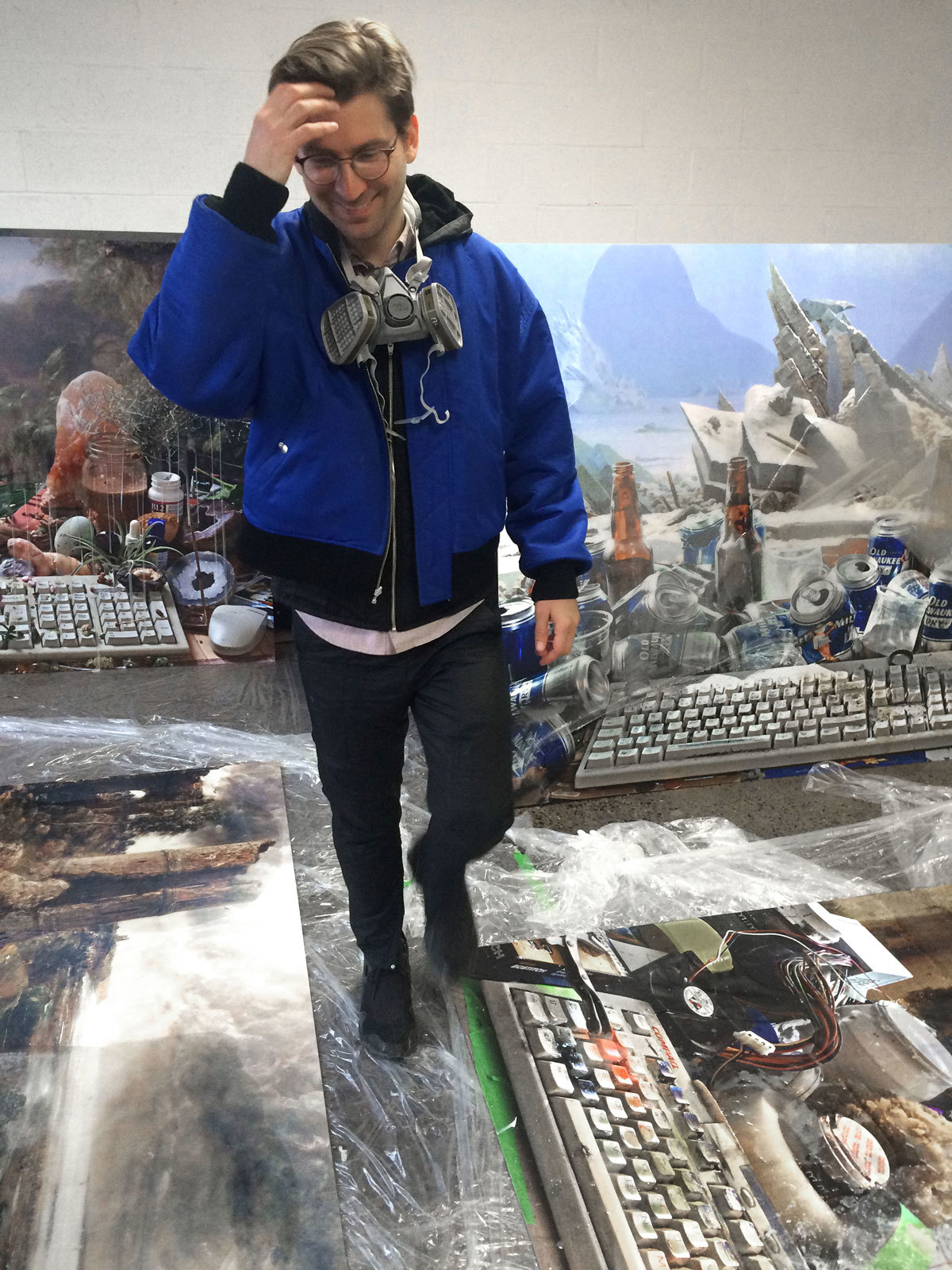The first thing that greets you, as you enter Jon Rafman’s new exhibition at the Zabludowicz Collection, is a ball pit. Playing on two screens, one facing each side, is Jon Rafman’s video work Still Life (Betamale). Climbing into the pit you sink down through the balls as images flicker across the screens; a guy with pants on his head pointing a gun at his head; screen caps from erotic Japanese video games. A furry is bouncing on a ball in a bondage harness, before it cuts to another furry is slowly sinking into mud as you sink further into the ball pit.
In another installation, Mainsqueeze, where you’re squashed and stuck inside a chair, almost trapped, Clockwork Orange style as still images flash across the screens like the hyper active scroll of your social media feed; then a muscular man smashes a watermelon between his thighs; a woman crushesa bug under her foot as gentle piano music plays in the background; a man smashes his computer to pieces.
Not everything here is quite so aggressive, so weird. The upper floor of Zabludowicz is filled with hypnotic videos inside massage chairs and above waterbeds, or inside glass-coated pillars made to look like ruins transported from the future. Everything engages all the senses, sucks you deep into the worlds and communities the videos document. Jon Rafman’s art delves into the weird world you can find just below the surface of the internet and turns it into pieces of impressionistic poetry.
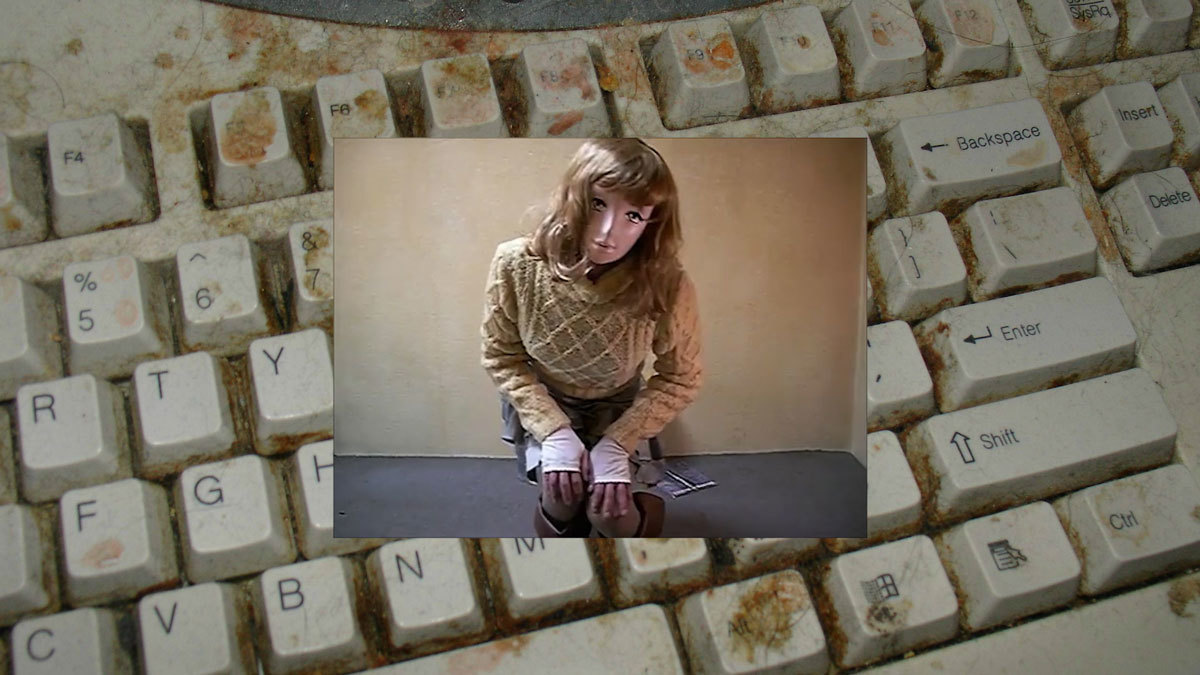
Informed by anthropology and the Romantic spirit as much as technology, Rafman’s early work, Nine Eyes, took us on a voyage through the surreal, sublime, and uncanny worlds of Google Street View, or as his avatar, Kool Aid Man, he scheduled guided tours through the landscapes of Second Life. Through all of his work, he’s revealed the desires, contradictions, repressions and communities that flourished online.
The centrepiece of this exhibition though is a new, live action film, Sticky Drama, filmed over three months in London with 35 school children. It draws on LARP (Live Action Role Playing) culture, as a way of continuing to examine the collapsing distinction between digital and virtual worlds, the real and imagined, and the overlap between innocence and perversion.
Are you happy with the exhibition? It seems like it was a big process putting the whole thing together?
I’m extremely happy. I tried to create an exhibition where each one of my videos was given a special, immersive space. That was the goal and I feel like I’ve achieved that.
So how did you approach the exhibition as a whole?
I’ve been developing this idea of using the language of what I call the “troll cave” — the spaces of people who spend all their time online, in front of their computers. I’m attracted to them because there’s a sense in which they’re living this life that’s completely virtual, but these spaces are completely material and full of the detritus of these people’s lives. There’s an extreme physicality to this border between the real and the virtual. There’s an attraction and repulsion, too. There’s the claustrophobia of being completely shut into a space, but also a total comfort and immersion, like being in a mother’s womb. Out of that came these different installations.
At the opening were you watching how people were interacting with these installations?
It was the best, most satisfying opening I’ve been to. I didn’t realise how successfully it would create that feeling when you’re completely immersed..
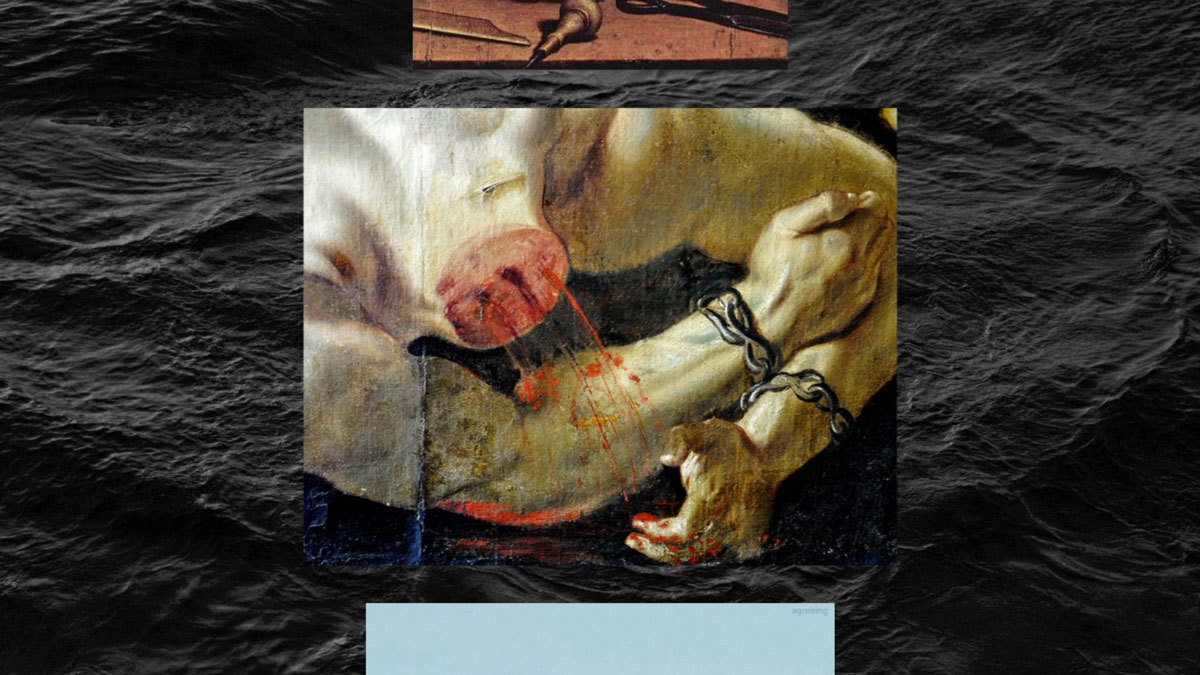
There’s a tactility to all these installations, which is very different from how you view a piece of video art normally…
That’s one of the things I’ve developed out of the language of the troll cave, which then becomes something completely different in the ball pit, and the squeeze chair, its a physical, haptic, viewing experience, that formally connects with the themes and materials you’re viewing, and I thought that was an interesting thing to experiment with. The installations point to all those feelings, of horror and beauty, attraction and repulsion, erotic desire and infantile regression, which are contained within all these fetishes in the videos. The desire to be in front of your computer all day is extremely comfortable but it’s a form of torture too. It’s both the safest space but you’re completely trapped too, and that feeling of being under balls, or stuck in the squeeze chair, is like that.
The new piece, Sticky Drama, is the first time you’ve used live action footage, which you’ve shot yourself, in your art. Were you nervous about changing the way you make films?
It was very limiting, and it could be a painful process, because I’d be like, “I want to include this piece of found material” and I had to get around that by restaging things. A lot of the costumes were inspired by DIY costumes I found online, some dialogue came from 4chan posts and memes, but I had to find new ways to create that. It was frustrating, but it was good to be challenged.
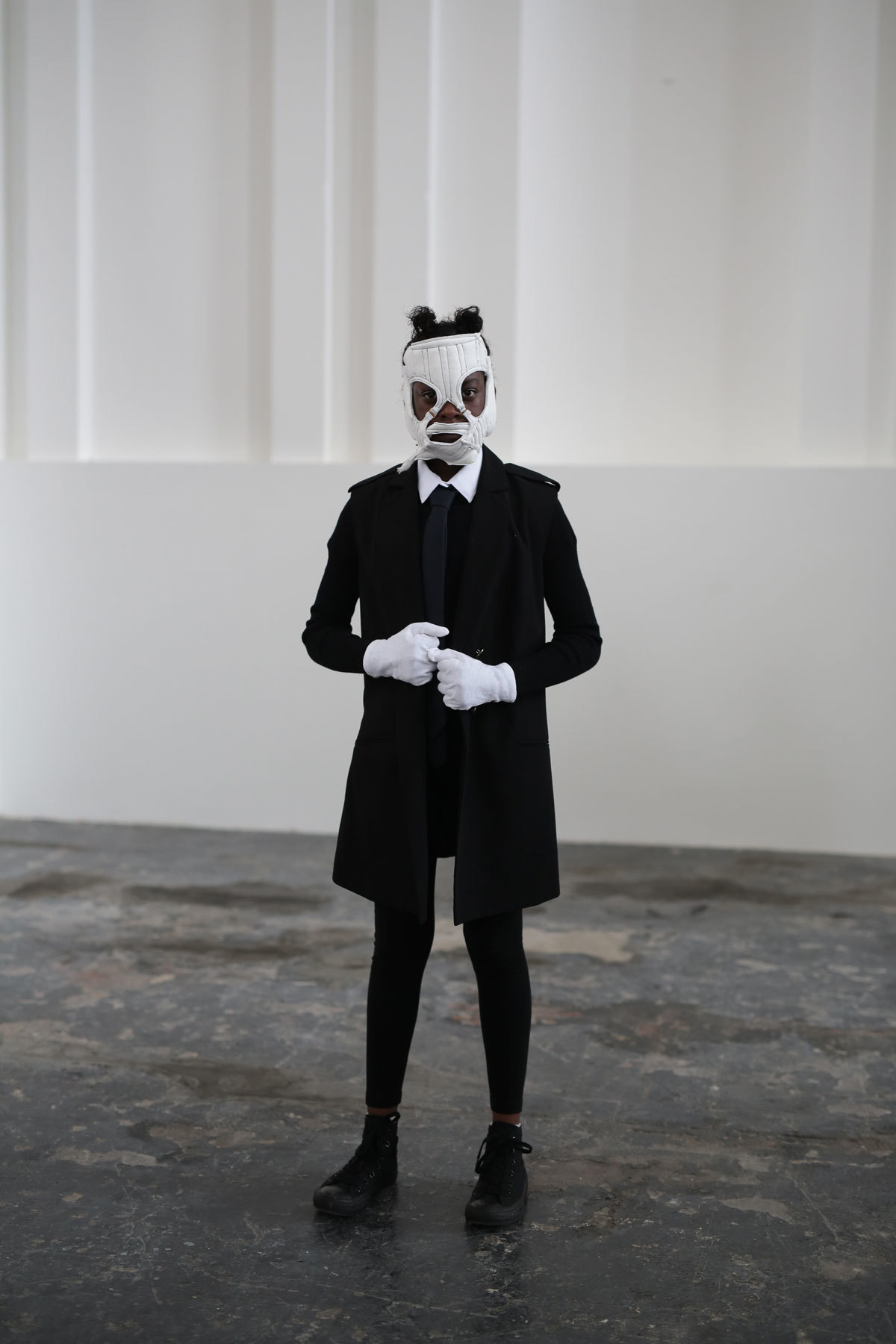
It reverses the relationship in a lot of your work between the digital and the real, because this imaginary world is taking place in the real world.
Yeah, it was a role reversal certainly, which is what I was trying to do. I think the dichotomy between the virtual and real is no longer there, because if you’re falling in love in the internet, or if you’re having all these emotional experiences on the internet, if you’re community is on the internet, then that’s as valid and real as a physical community.
It feels much less idealistic, or utopian, than your early works, that revelled in the found beauty of the internet.
That trajectory of Romanticism, from idealism to disillusionment, whether that’s the French Revolution or the Internet Revolution, follows the trajectory of my work. From Nine Eyes and my work in Second Life, which are more tied to a Wordsworthian, early Romantic worldview, where it’s about going out into nature, even though nature here is in Second Life and Google Street View. There’s a sense of the Romantic wanderer versus the decadent who’s going into these horrifying subcultures and making poetry about that, and almost rejecting that early idealism.

How has the way we understand and use the internet changed the way we should approach those early works of yours?
I guess back then it felt, even though the internet was a ubiquitous part of society, it wasn’t quite as ubiquitous in art. That made some of the work radical, but it’s been absorbed by culture now, so yeah, it means something different. There was a sense of excitement then about using the internet. It wasn’t even fetishising it; it was showing how it was a banal part of our world, which I think now has been accepted, whilst then that was very new.
How would you describe your work’s relationship between innocence and perversion?
There’s something about that which flourishes on the internet. It speaks to something: the desire to return to that earlier state of innocence, and that desire for pleasure, which is mostly, ultimately, sexual in nature. I think it’s important to have these marriages of opposites, this complex emotional response, not even in a sensational way, because it’s really not about expressing or reflecting something about myself, but a poetic sense of how the world is. It’s interesting how these are places where you become comfortable and secure but also trapped, like it’s so hard to get out of the ball pit.
The mixture comfort and discomfort.
You’re forced to watch these things too, like the crush fetish moment in Mainsqueeze, you can’t escape from it. The chair serves that dual purpose.e.
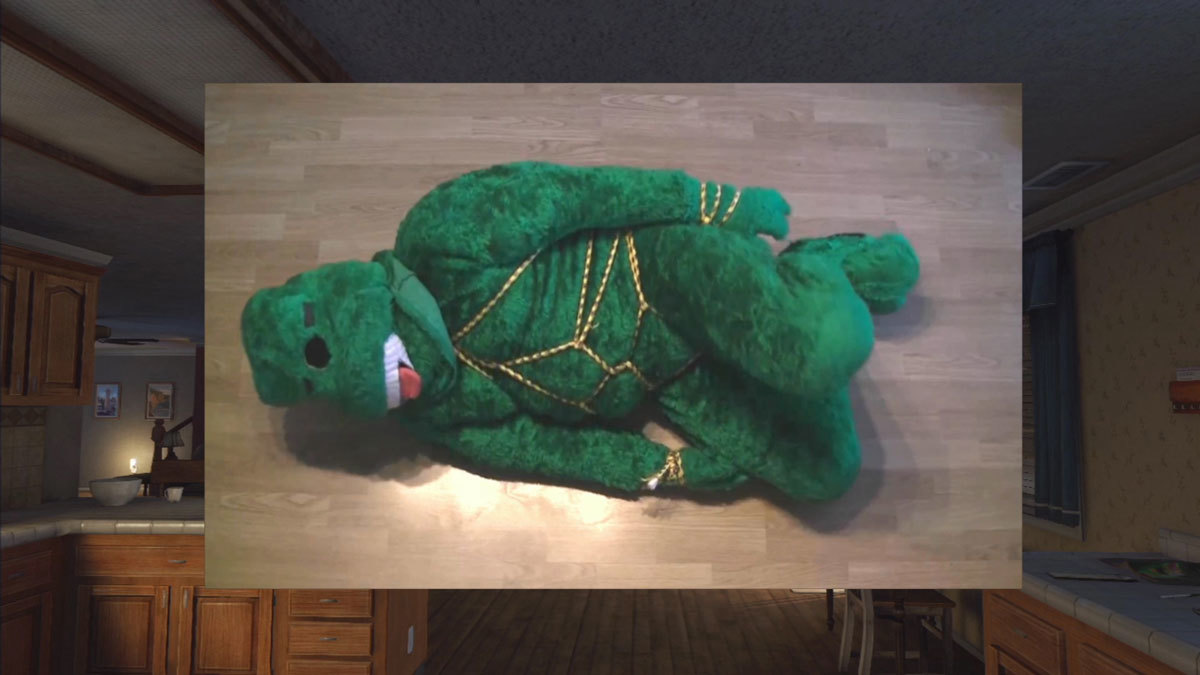
How would you describe your personal relationship to these communities you document?
I’m always a voyeur, an amateur anthropologist. But it really depends on the community, and each community has different concepts of authorship, different concepts of how to be part of the community. WithStill Life (Betamale)I discovered this community of people who play these obscure, erotic Japanese video games from the 90s and screen capture them, and they felt completely violated by my use of their community.
Would you say it’s exploitative?
There’s always a sense of exploitation, but that’s problematic in anthropology in general. There’s different ways to exploit, but I think you can tell when someone is mocking or celebrating or critiquing a community, and I have no malicious impulse when I’m taking work out of one context and putting it another. For me, it’s really tied more to poetry than anything, constantly quoting and putting things in new contexts.
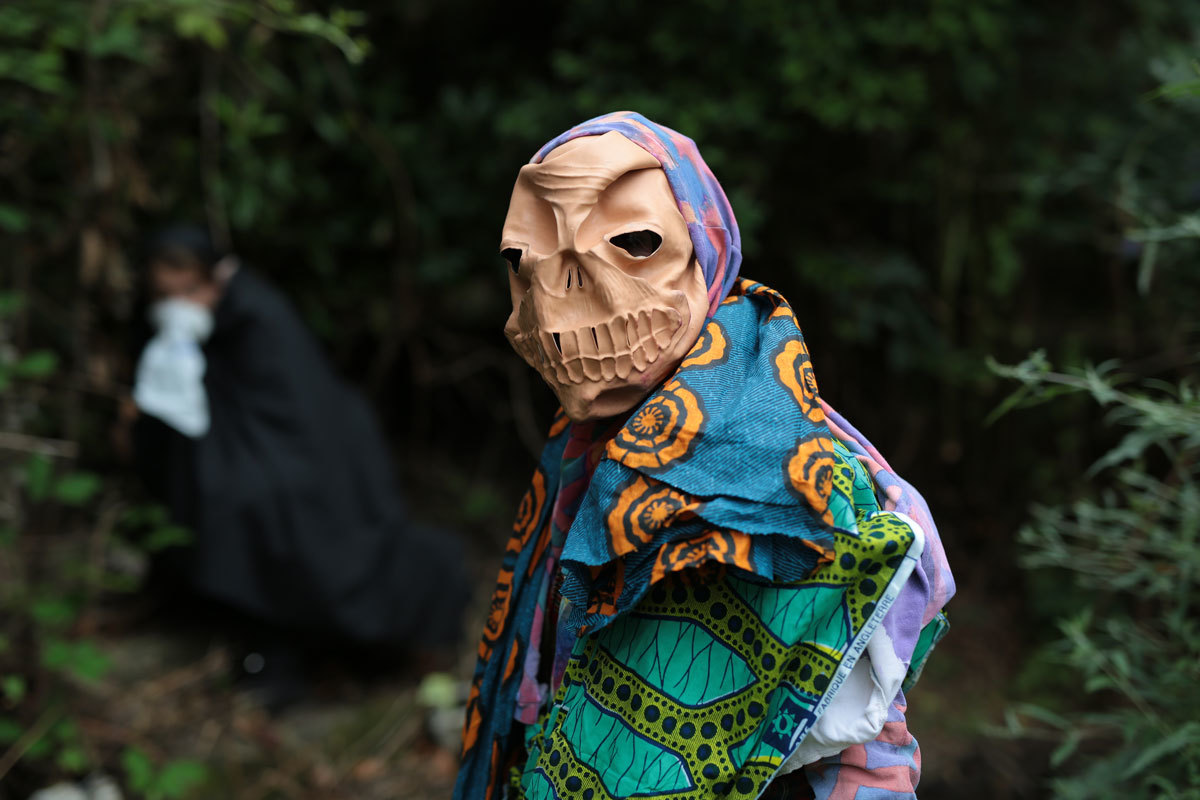
The final part of the exhibition uses Oculus Rift, and that’s a whole other kind of virtual reality — a literal virtual reality.
Well it felt like a logical next space because it’s so fresh, the vocabulary and the grammar, of this medium hasn’t been written yet. I think Oculus Rift is also taking what’s happening to the next level with these really immersive virtual worlds. Why, if you have a shitty life, a shitty job, no lover, why not live in the virtual world?
I like the documentation of those Oculus Rift works, because the documentation isn’t the artwork, it’s seeing a picture on my Instagram of my friends in this installation, wearing the headset.
Yeah, you can’t show it, which is interesting too, it’s kind of fetishistic in a way, to observe that person, who’s blindfolded, and you have to watch them have that experience. It was an unintentional effect of the work, but it becomes more intentional, because in any exhibition, we’re always watching people watch something. And that’s what a lot of this exhibition is about. Watching people have experiences is a kind of experience too. That’s the voyeur.
Credits
Text Felix Petty
